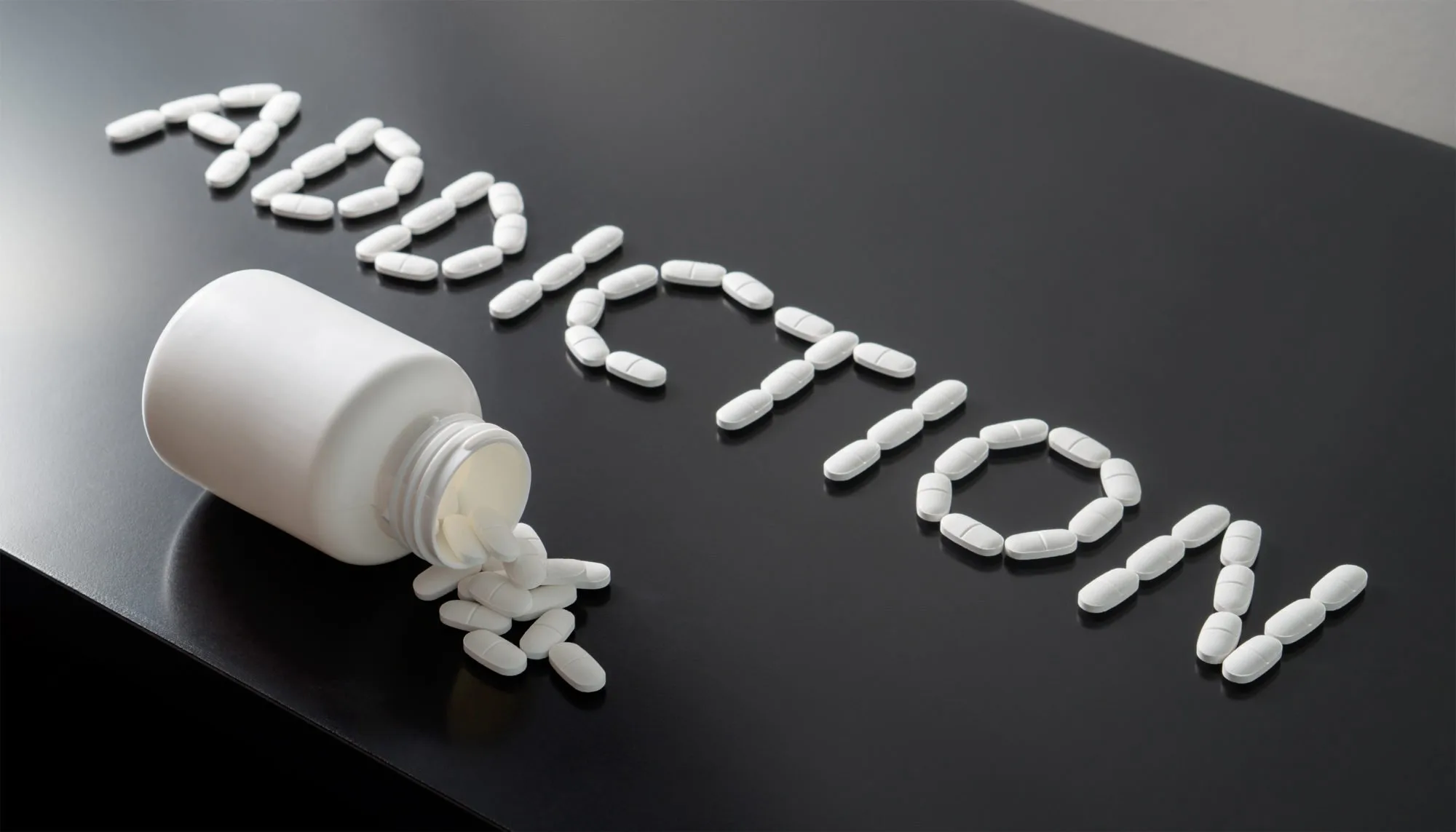One of the most successful approaches when dealing with drug addiction is a residential treatment program. These programs provide an immersive atmosphere for the patient to heal. Here are a few things to expect from a residential drug rehabilitation program.
What is Residential Rehab?
When considering the various programs for drug addiction, a residential rehab program has to be at the top of your list. These types of programs provide care 24 hours per day in a welcoming and non-clinical setting. This structured treatment uses every hour of the day to work with the patient. It helps them to break destructive patterns.
While in rehab, the patient will engage in a variety of programs. These can include group therapy sessions, life skills training, and personalized counseling sessions with a trained medical professional. Some services may include employment training. Additional services may include other ways to help the individual see success when they re-enter the real world.
What Are the Primary Advantages of Residential Rehab?

Photo by Michael Longmire on Unsplash
Residential treatment programs provide a “distraction-free environment to give patients the best chance of being free for life from addiction.”
Without the triggers and temptations of the real world, the patient will be more likely to see success in their goals of beating the addiction. Patients will learn to own their addiction and become empowered to take control of their journey to recovery.
Long-term vs. Short-term Residential Treatment
It is important to note the differences between a long-term program compared to a short-term program. Long-term programs generally last six to 12 months. Short-term programs, on the other hand, average about three to six weeks of inpatient treatment.
A short-term program relies on various outpatient treatments to complement these shorter residential programs. The outpatient program may include individual counseling and group therapy sessions. It is important for patients to stay committed to these services. Especially if they want to prevent an incidence of relapse.
Detoxification Phase
The first step in the rehab treatment program is the detoxification phase. This medically managed treatment protocol is designed to help the body clear itself of harmful drugs. The formal detoxification process relies on medications to combat the harmful side effects that come with the steps of withdrawal.

A physician will prescribe the best medications for helping to ease the painful symptoms of withdrawal. The type of medication prescribed and the duration of the administration of the drugs largely depends on the substance that has been abused as well as the severity of the addiction. Detox should be performed in a controlled environment.
Dealing with drug addiction can feel overwhelming and hopeless at times. However, it is important to remember that you have options. Residential drug rehab programs can be an invaluable resource in the fight against drug addiction.
Want to know more?
Who Is The Author?
MK Akram began writing as a professional on his personal blog and then discovered his true calling, which is writing about technology, news, and gadgets in general. He has been a technical writer, author, and blogger since 2010. An industry watcher that stays on top of the latest features, extremely passionate about juicy tech news and everything related to gadgets.

This is Longevity Live partner content.



![women [longevity live]](https://longevitylive.com/wp-content/uploads/2020/01/photo-of-women-walking-down-the-street-1116984-100x100.jpg)










